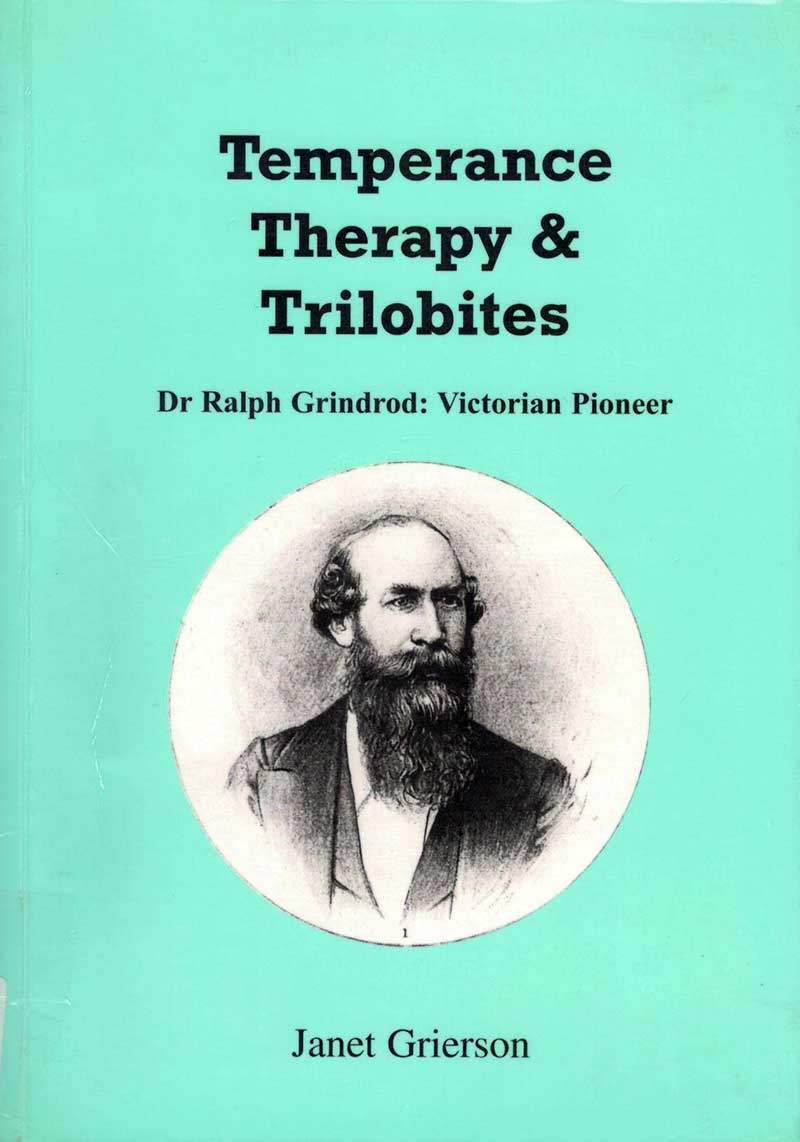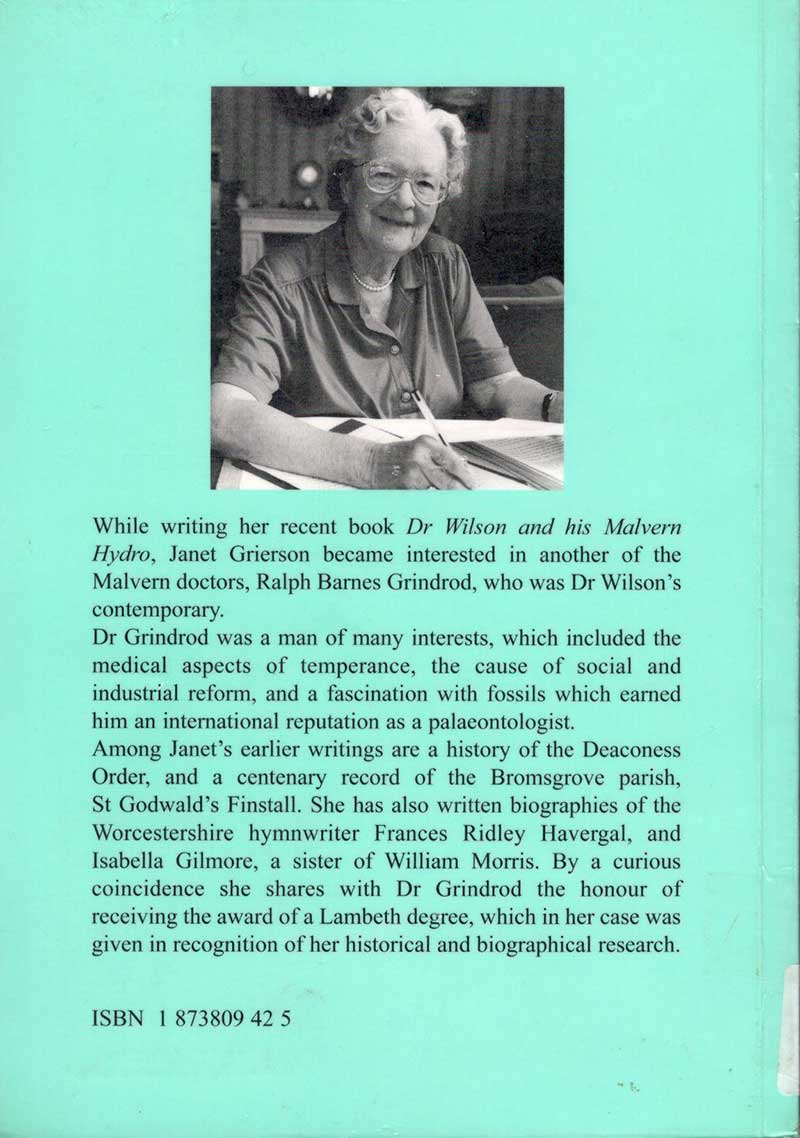
Angus and Rosemary's Miscellany
of Malvern - Local History
|
History menu > Biography of Ralph Barnes Grindrod MD (water cure doctor) 1811 - 1883ContentsOverviewDr Ralph Barnes Grindrod (1811-1883) was an orthodox physician, and a vigorous promoter of teetotalism, that is abstension from alcohol, who came to Malvern about 1850. Mostly forgotten now, but he would have been well known, both locally and nationally, in his day. Janet Grierson has written extensively about Dr Grindrod, and you will find a copy of her well researched book (ref 1) in the Local Reference section of Malvern library. By all accounts he was a philanthropic and good man, and our intention in creating this page for the Internet is to remember his part in shaping Victorian Malvern. Ralph was the fourth son of James Grindrod, who in 1851 was a publican, and Mary, nee Stones. Janet Grierson thinks James Grindrod had earlier been a farmer. Ralph's eldest brother Thomas William Grindrod (1804 - 1836) was a surgeon, who sadly died a young man; his brother James Newton Grindrod (1808 - 1867) was a restaurateur, but we know little about their brother, Joseph Stones Grindrod, who may have worked as a 'Dyer' in the cotton trade and who died at Manchester in 1852. On 30th August 1837 at the Collegiate and Parish Church Manchester, the forerunner of Manchester Cathedral, Ralph Grindrod married, Mary Whiteley Hull, the daughter of a Worsted Dealer (ref 2); she was also a supporter of the Temperance movement. They had one son, physician Charles Frederick Grindrod (1847-1910) who was born on the Isle of Wight; Charles, who lived in Malvern Wells, was a friend of Elgar and the author of 'Malvern What to See and Where to Go'. Townshend HouseRalph Grindrod set up his practice at Townshend House in Malvern about 1850; we think the house may have been so named because it was then at the 'end of the town'. Townshend House still stands next to St Edmund's Hall near the NE corner of College Road. See photo below, which shows a side view of the house and a glimpse of St Edmund's Hall beyond.
Townshend House A picture in Malvern Library, showing the rear of the house, suggests the property once had a large rear garden where patients and visitors could promenade. Mrs Grindrod is said to have held a four day bazaar there to help raise funds for the building of the Lansdowne Methodist Church which opened in 1866. Cora Weaver and Bruce Osborne record there was once a spring and drinking fountain in the grounds (ref 3).
Rear of Townshend House, courtesy of Malvern Library Grindrod was at Townshend House from about 1850 to 1880 when he retired due to ill health. His obituaries (ref 4, 5, 6) relate that he had been a vigorous promoter of the Temperance movement - he is said to have spent a 'fortune' promoting it - and in 1833, he was probably the first medical man in England to sign the total abstinence pledge. Perhaps he had observed the damage drink could do both at his father's pub and as a doctor ministering to the poor. Ralph travelled widely in England lecturing and publishing in support of the Temperance movement and was president of the Manchester and Salford Temperance Society in 1841 The Temperance movement must have had some influence on Great Malvern, as the Malvern Book Co-op in St Ann's Road now occupies the dining room of what was once the Central Temperance Hotel (ref 9). Interestingly it is located midway between the Unicorn and Red Lion!
Former Temperance Hotel viewed from car park behind Unicorn Inn
Dr Grindrod also wrote books, promoted the education of the children of the poor, analysed local water supplies and was a member of the Town Board. In 1855 he founded the Malvern Advertiser newspaper which he passed on to John Sloggett Jenkins in 1867. He was interested in geology and was a member of the Geological Society, and a Fellow of the Royal Historical Society. He amassed a large collection of fossils which in 1882 was acquired by the University of Oxford Museum of Natural History; some would have been unearthed when the railway tunnel was dug under the Malvern Hills. By about 1861 his business must have been doing well, as a large extension was added to the rear of Townshend House designed by Edward C Allflatt, Architect and Surveyor, (1832-1890) of Leigh in Worcestershire. In 1861 Dr Grindrod can be found living at Dr Wilson's Hydropathic Establishment in Abbey Road (now Park View). Grindrod became a Freemason and helped found Royds Lodge which was consecrated at Townshend House in December 1867. Nowadays Royds Lodge meets in rooms off Belle Vue Terrace. The 1881 census recorded Dr Grindrod as a retired medical practitioner living at Montpellier House in Albert Road North, which later became Ivydene and part of Malvern Girls' College; the college eventually sold Ivydene which has recently been modernised and converted into apartments. Ralph Grindrod Barnes MD died at a property named The Ruby in Malvern Wells in 1883. He was survived by his wife and son. The building, possibly dating from the 17th century, is rumoured to have been named, by a descendant, after HMS Ruby which served in the fleet of Admiral John Benbow. In 1881 The Ruby was occupied by George Moorcroft, a lodging house keeper, and later in 1911 it was occupied by Arthur Walker, born Bewdley about 1839, and Ralph Grindrod no doubt rented an apartment there to be near his son and daughter in law at Wyche-Side. Dr Ralph Grindrod does not appear to have come from a particularly wealthy family, so we wondered by what route he became a doctor, when educational opportunities were more limited than they are now, and how he could afford to buy Townshend House in Great Malvern; perhaps he got a mortgage. The medical register records he was admitted to the Society of Apothecaries (London) in 1830 - probably after working as an apprentice to his elder brother Thomas, and was admitted MD by Doctorate in 1855 by the Archbishop of Canterbury, who had been given authority to grant degrees. Other sources say he had been awarded the degree of MD by the university of Erlangen, which is in Germany, on the strength of his publications. It is of note that the preface of a book of sermons, commemorating the founding of Lansdowne Methodist church, contains a tribute to Dr Grindrod (ref 7). The Wesleyan Methodist Pulpit in Malvern.SERMONS preached at THE OPENING SERVICES of the WESLEYAN METHODIST CHAPEL In 1866, AT MALVERN by Rev WM Punshon, Rev W Arthur, Rev JH James, Rev C Prest, Rev J Priestley, Rev G Smith, Rev G Wood.
Dr Grindrod had helped raise funds for the building of the church and may have supported the Methodists partly as a means to further the Temperance cause.
Transcription of obituariesMalvern AdvertiserDr Grindrod's death was reported in the newspaper he founded, the Malvern Advertiser, on 24th November 1883. To quote:
From the Births Marriages and Deaths column of the same newspaper. Deaths GRINDROD On the 18th inst, at Malvern Wells, Ralph Barnes Grindrod MD, formerly of Townshend House, Malvern, in his 73rd year. Friends will kindly accept this intimation. HURD On the 21st inst, Thomas Hurd, many years porter at the Newland Almshouses, aged 82 years. Much respected. (Note: nowadays we might be tempted to think that his book 'Slaves of the Needle', mentioned above, was about drugs but in fact it was about the poor working conditions of dressmakers and needlewomen.) The Manchester GuardianNewspapers from the place of his birth, in reporting Dr Grindrod's death, emphasised how he had supported the Temperance movement. To quote:
BurialPhilanthropist Ralph Barnes Grindrod was buried in the churchyard of St Peter's Malvern Wells, on the corner of Green Lane. The church has since closed and the building converted into apartments, but the churchyard is still there and Janet Grierson relates that the grave is marked by a massive stone cross.
General view of St Peters churchyard We attempted to locate RB Grindrod's memorial expecting to find a tall cross dominating the other monuments, but we did not find it. There are many 'heavy' stone crosses typified by their depth rather than their height, and the inscriptions on these are now mostly concealed by leaves and ivy. The inscription relates (ref 1) that RB Grindrod was born 19th May 1811 at Swettenham cum Kermincham and died 18th November 1883; and it contains the text: A servant of Jesus Christ, complete in Him Mrs Grindrod, died 11th March 1888, was buried with her husband and a further text added: Them also who sleep in Jesus will God bring with Him A resident has since suggested the memorial may lie on the boundary of the churchyard, below the church; please do let us know if you find it.
MournersWe have attempted to identify some of the mourners from the newspaper reports of his death. These included: Rev William Samuel Symonds (1818 - 1887), rector of Pendock, who was a geologist and author of scientific articles. Rev Francis William Davenport who was the vicar of Christ Church in Avenue Road. Dr William Thomas Fernie who had taken over Dr Gully's water cure business at Tudor House on the Wells Road. Henry Wilson could have been a schoolmaster at the Link boarding school. Dr Thelwell Pike (1834 - 1915) had an apartment at Montpellier House in 1881 and so would have been a neighbour of Dr Grindrod. He was probably a convential doctor, rather than a hydrotherapist. Dr Arthur Oliver Holbeche was a physician and surgeon in West Malvern; he later assisted at the Voluntary Aid Detachment hospitals in Malvern during WWI. Possibly W Marshall was William Marshall, a solicitor of Abbey Road. Walter Beeken Burrow of Malvern Wells was the elder brother of John Severn Burrow. The brothers were Chemists and Druggists and later bottlers of mineral water on Belle Vue Terrace. John Nott ran a grocery shop on Church Street. A John Bray, of Abbey Road, was a fishmonger. John Sloggett Jenkins was the proprieter and editor of the Malvern Advertiser newspaper which had been founded by Dr Grindrod in 1855. A Sparkes and W Davis had shops in Church Street.
Another view of Townshend House More about familyMost of Ralph Grindrod's family did not live to a great age; his mother Mary died, aged 45 years, in 1825, when Ralph was aged 14 years, and his sister Elizabeth died a teenager. Ralph's father, James, however, lived to a good age and died at Manchester in his 87th year (ref 2). In 1829, then aged 52 years, he had married, second, Elizabeth Waller, aged 22 years and the couple had two sons, Ralph's half brothers (ref 8). Edmund Waller Grindrod (1838 - 1878) became a publican like his father and died aged 40 years. He left a widow, Ellen, and three surviving children; in 1891 she was running the Griffin Inn in Stockport Etchells. William Wilby Grindrod (1839 - 1868) became a pawnbroker and died aged only 39 years. He left a widow Ellen nee Baker, a dressmaker, and four children. So when Dr Ralph Barnes Grindrod died in 1883 he was the last of his generation. Perhaps moving to Great Malvern away from the squalor of Manchester and abstaining from alcohol had promoted his longevity! Quite possibly his family line has been continued by nephews and nieces.
PlaqueOn the front of Townshend House can be seen a green plaque, placed by Malvern Civic Society.
Formerly Townshend House, where Dr Ralph Grindrod practised the Water Cure (1851-1880) Townshend House is now owned by Malvern College and has lately been used as a Music School. Ralph's son Charles Frederick Grindrod became a physician, in 1873, like his father, and lived in Great Malvern at Wyche-Side in Malvern Wells. At one time he was a neighbour and friend of Edward Elgar who lived at Craeglea, now 86 Wells Road. He was a keen photographer and took a portrait photograph of Elgar about 1903 which was gifted to the National Portrait Gallery in 1934 by Elgar's friend, architect, Arthur Troyte Griffith (who is mentioned in the Enigma Variations). Charles like his father was a writer and was the author of 'Malvern What to see and Where to go' (1899). He married Mary Ellen Higgins, but they had no children.
Janet GriersonWe thought you might like to see the covers of Janet Grierson's excellent and well researched biography about Dr Grindrod, which we borrowed from Malvern library, see below. If you are interested in either the history of Victorian Malvern or the Temperance movement it is worth a read.
Front cover
Rear cover Historian Janet Grierson, also wrote a charming book about 'Dr Wilson and his Hydro', copies of which can be obtained from Malvern Museum. Janet lived at the Hydro for fourteen years, after of course it was converted into apartments. She died at Davenham in 2011 aged 98 years and is buried in Great Malvern cemetery. Go to beginning of The Victorian 'water cure' doctors of Great Malvern Else continue with next section, about Doctor James Loftus Marsden References
If you can add to this story do please get in touch. |
|
Last updated 29th October 2018 |
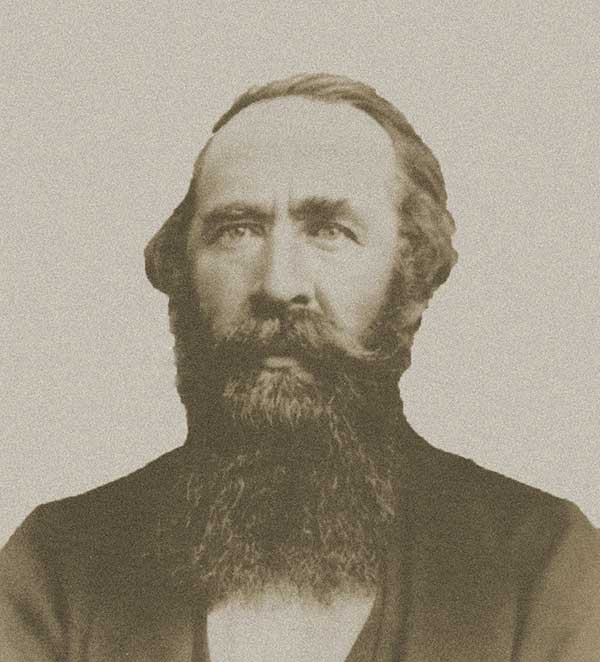
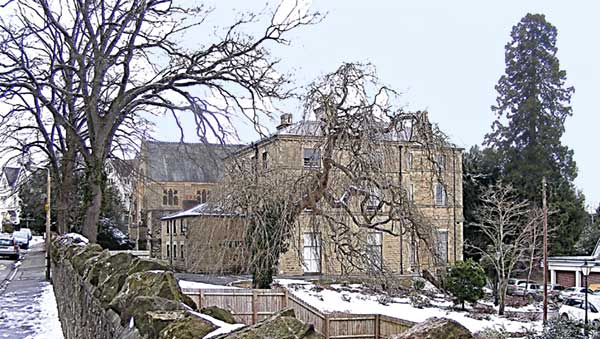
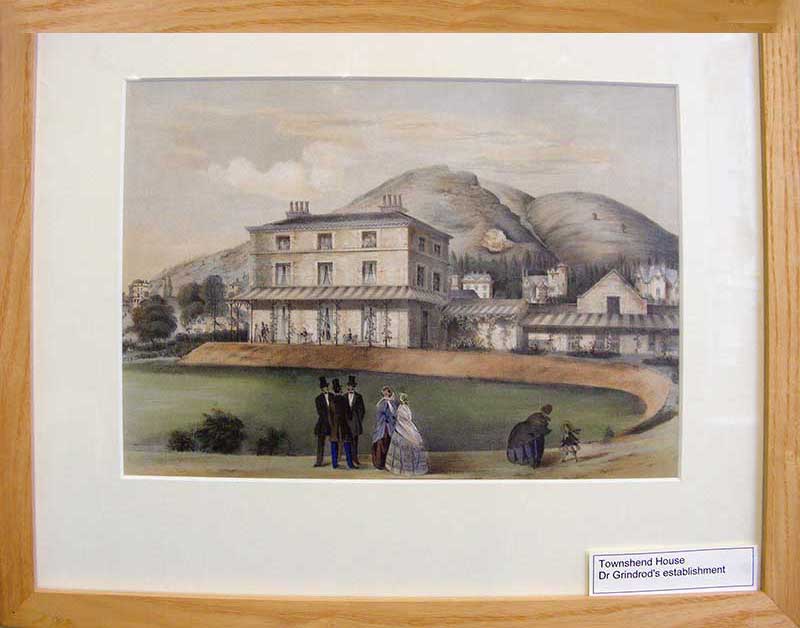
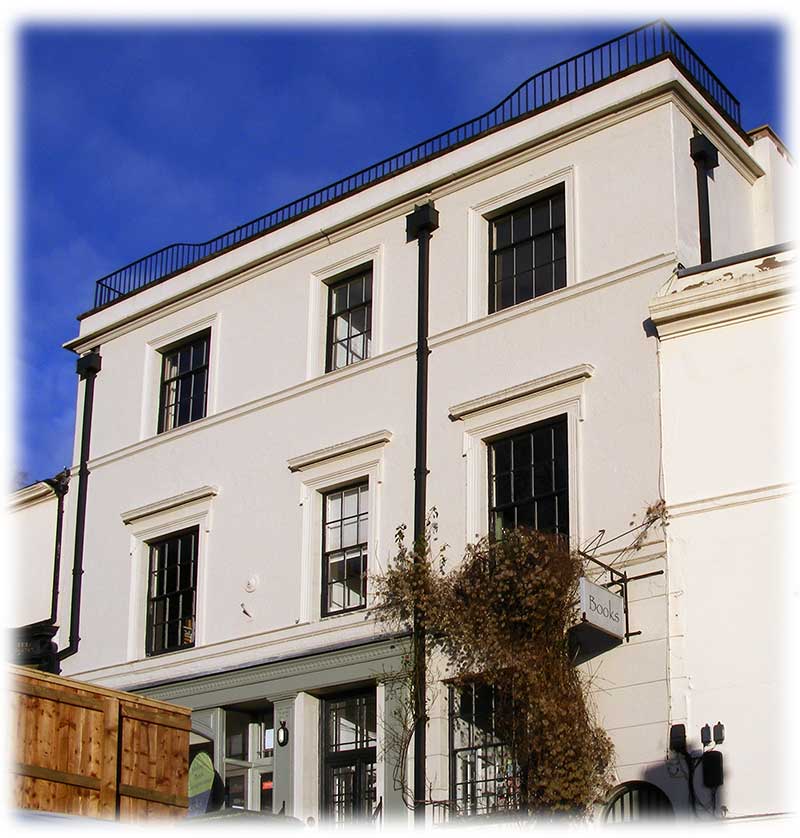
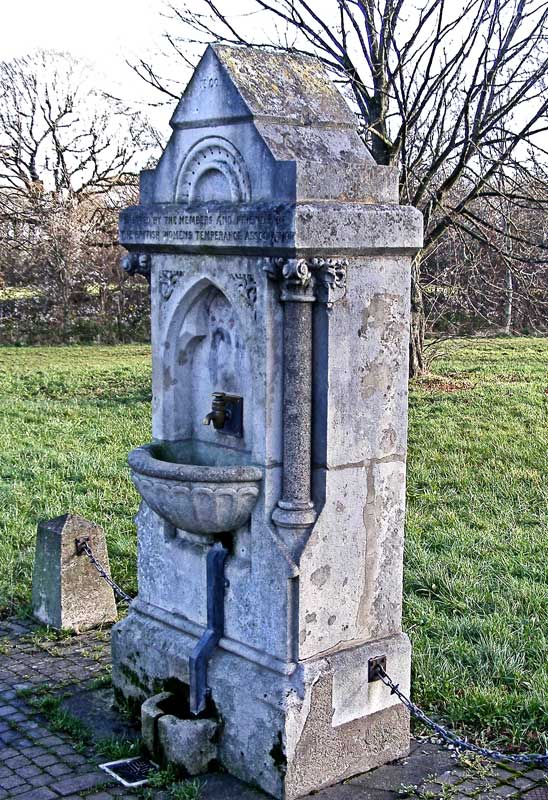 As late as 1900 a drinking fountain was erected by
the Members and Friends of the British Women's Temperance Association, on
the edge of Malvern Link Common, near the railway station, so that visitors
could get a drink without having to go into a pub (see photo opposite).
As late as 1900 a drinking fountain was erected by
the Members and Friends of the British Women's Temperance Association, on
the edge of Malvern Link Common, near the railway station, so that visitors
could get a drink without having to go into a pub (see photo opposite).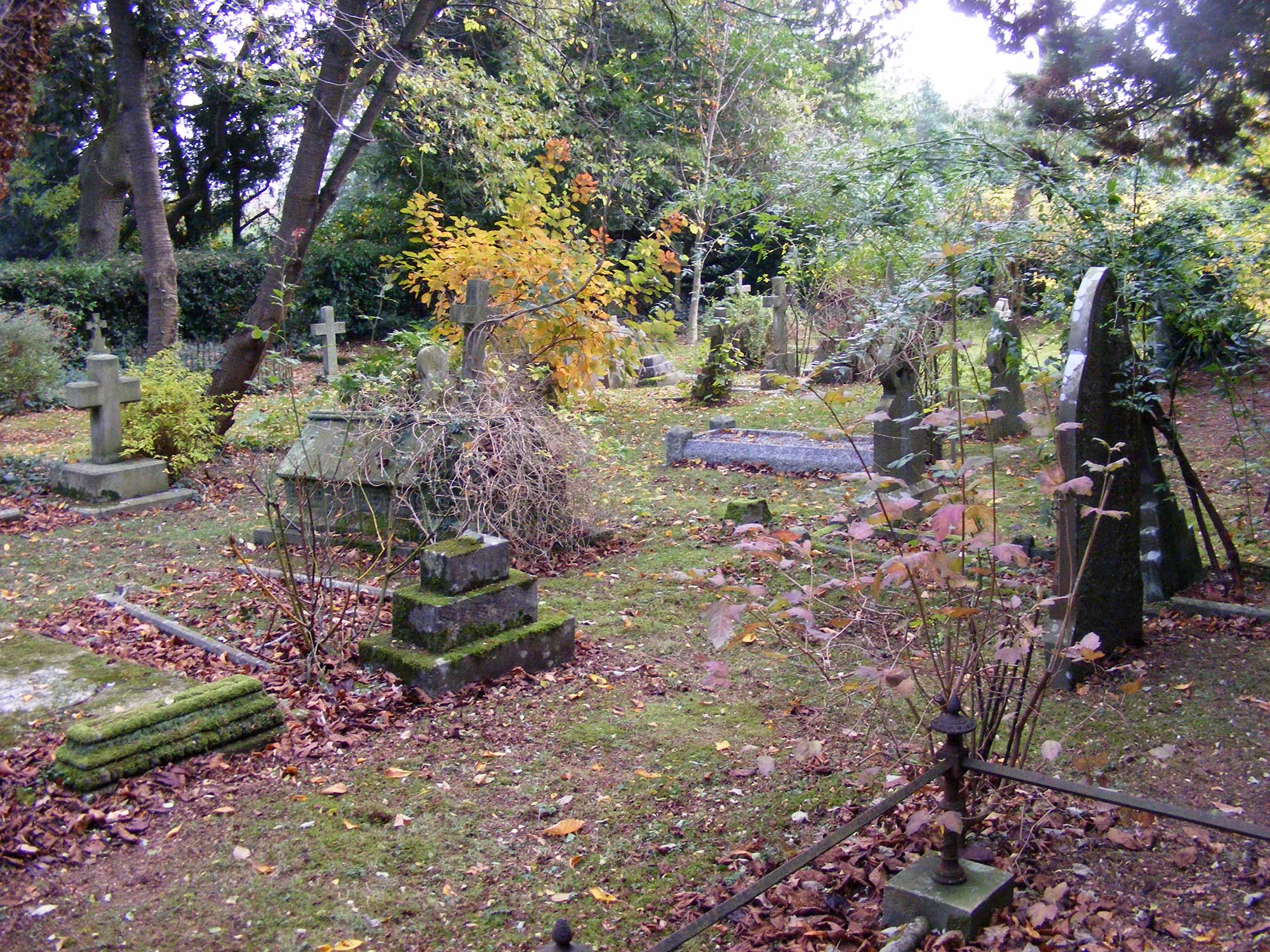
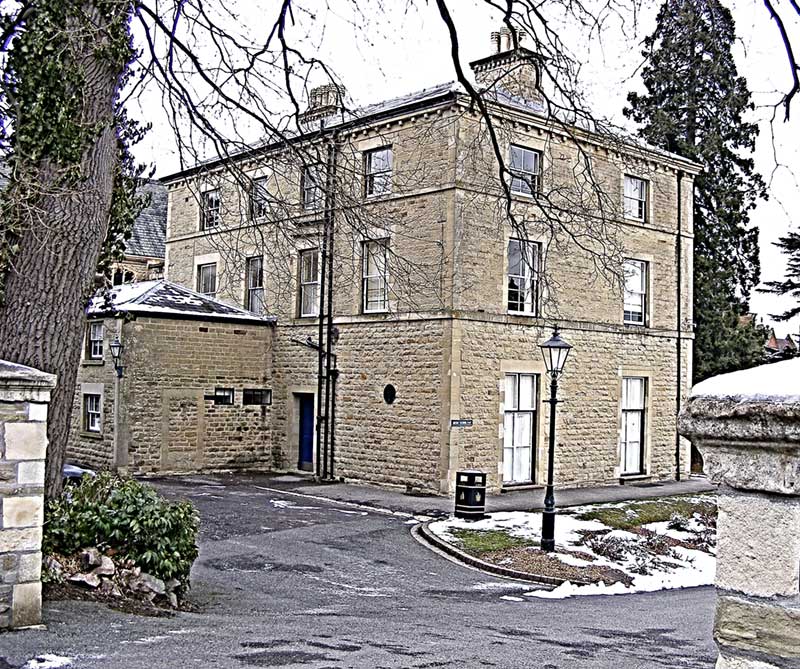
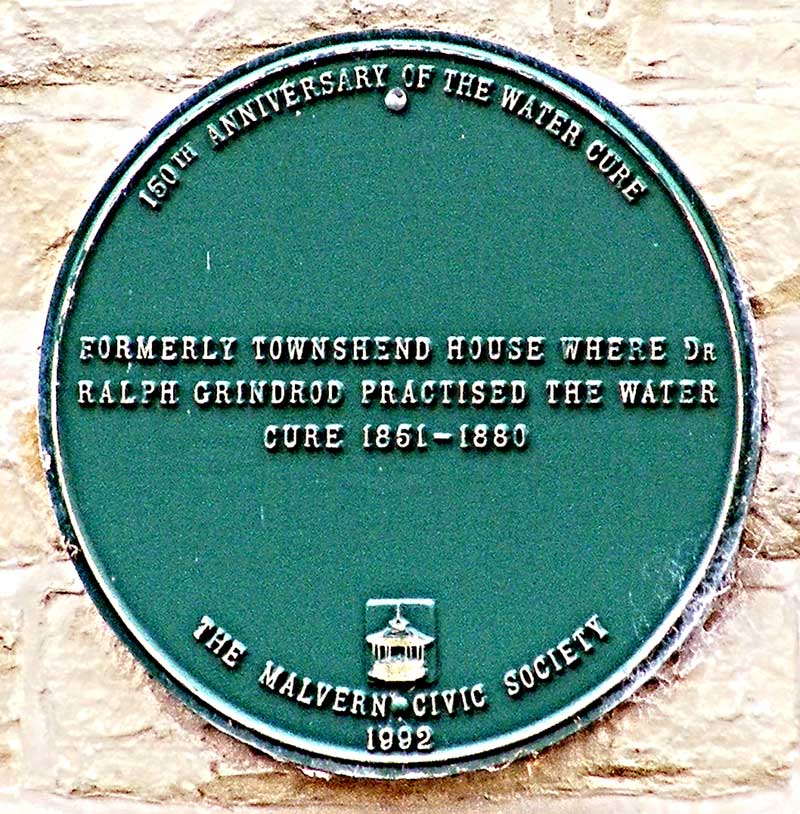 The
inscription on the plaque reads,
The
inscription on the plaque reads,